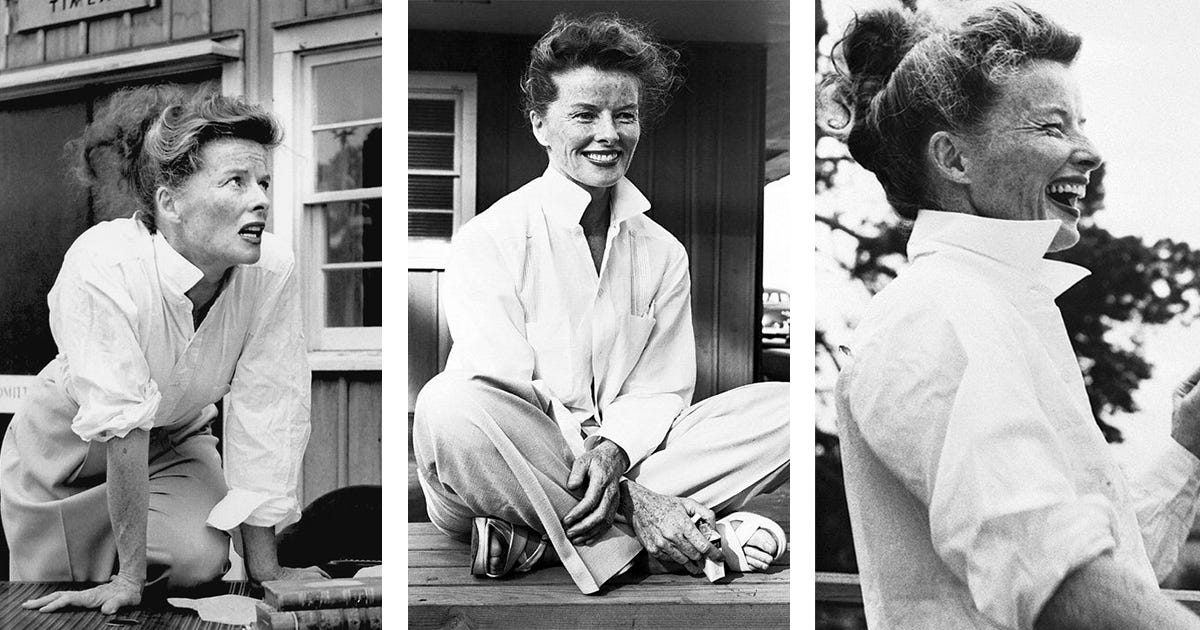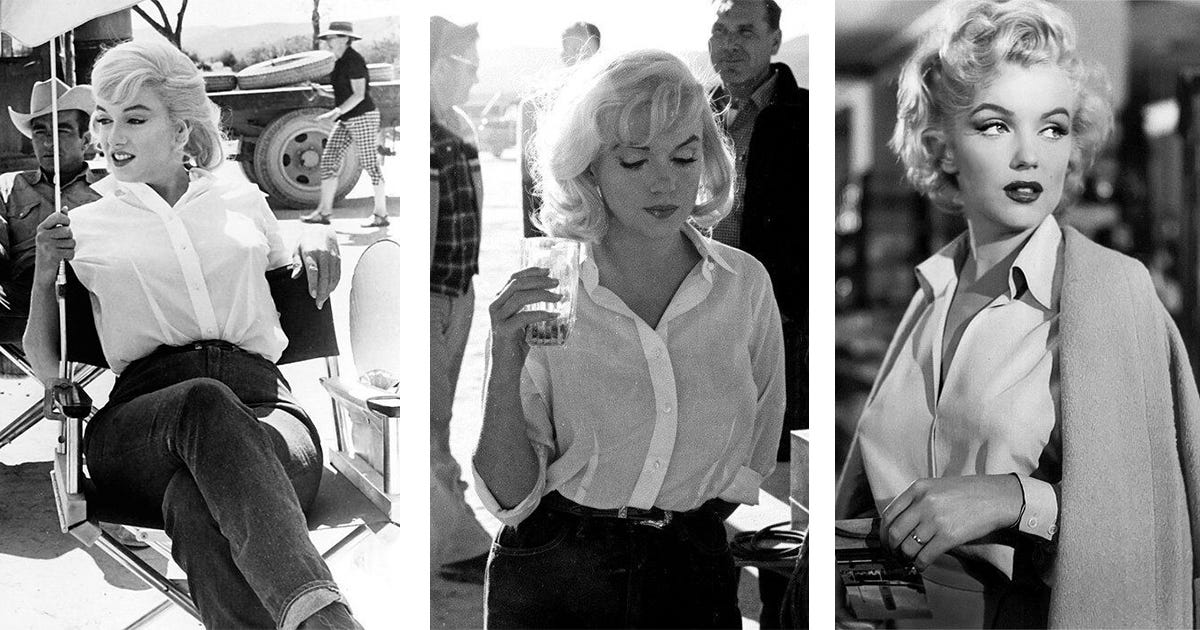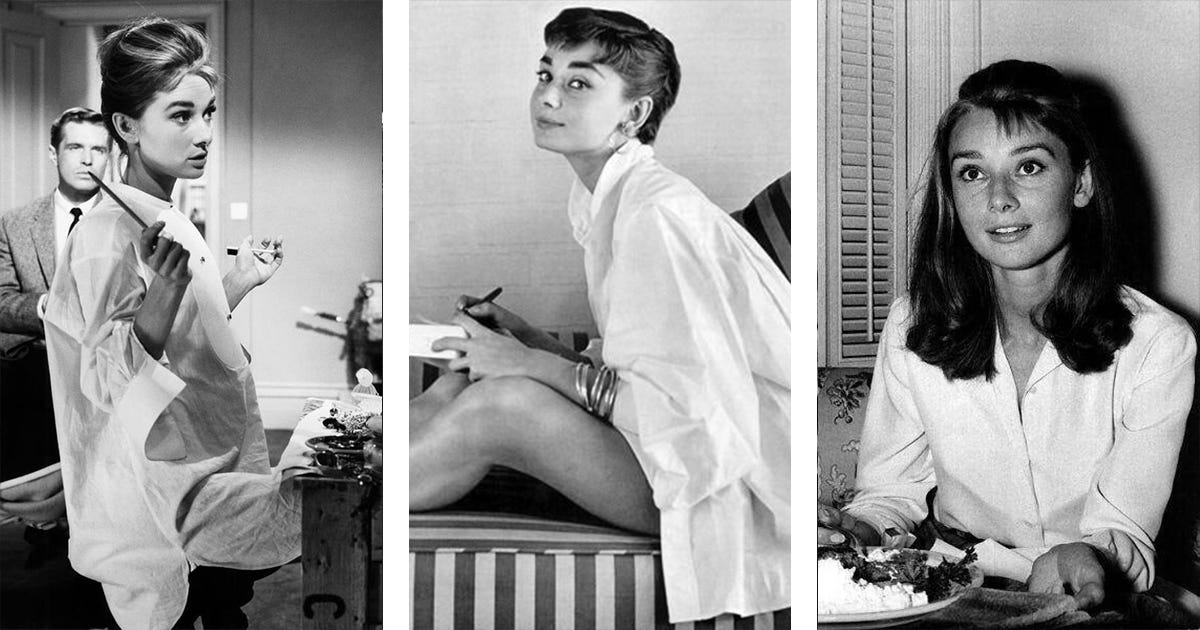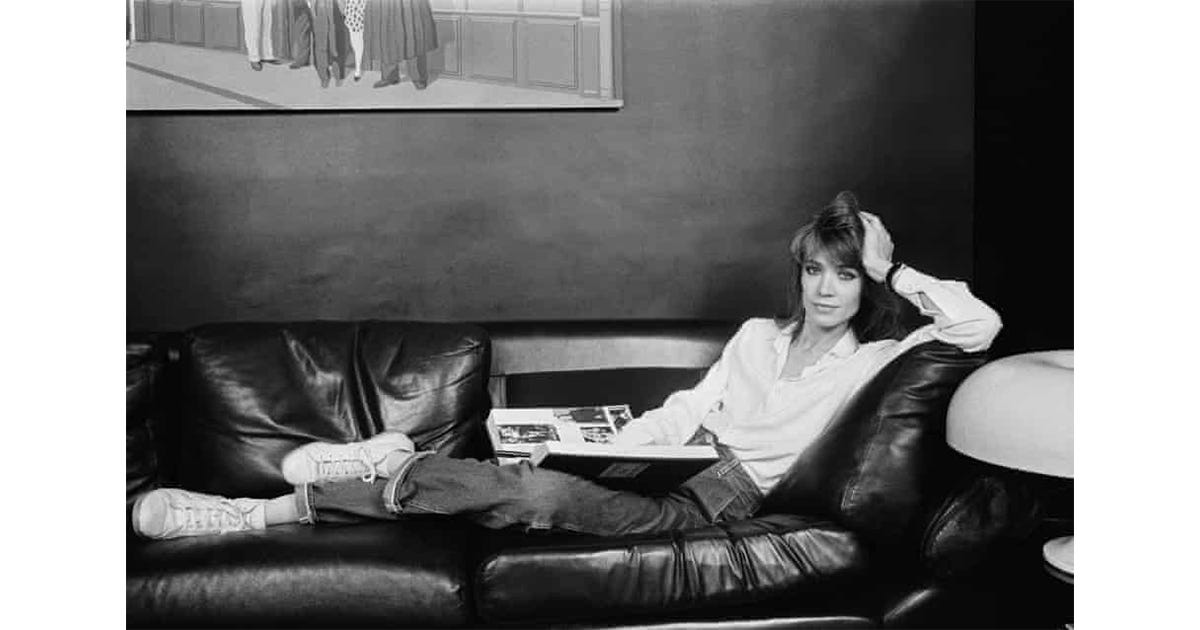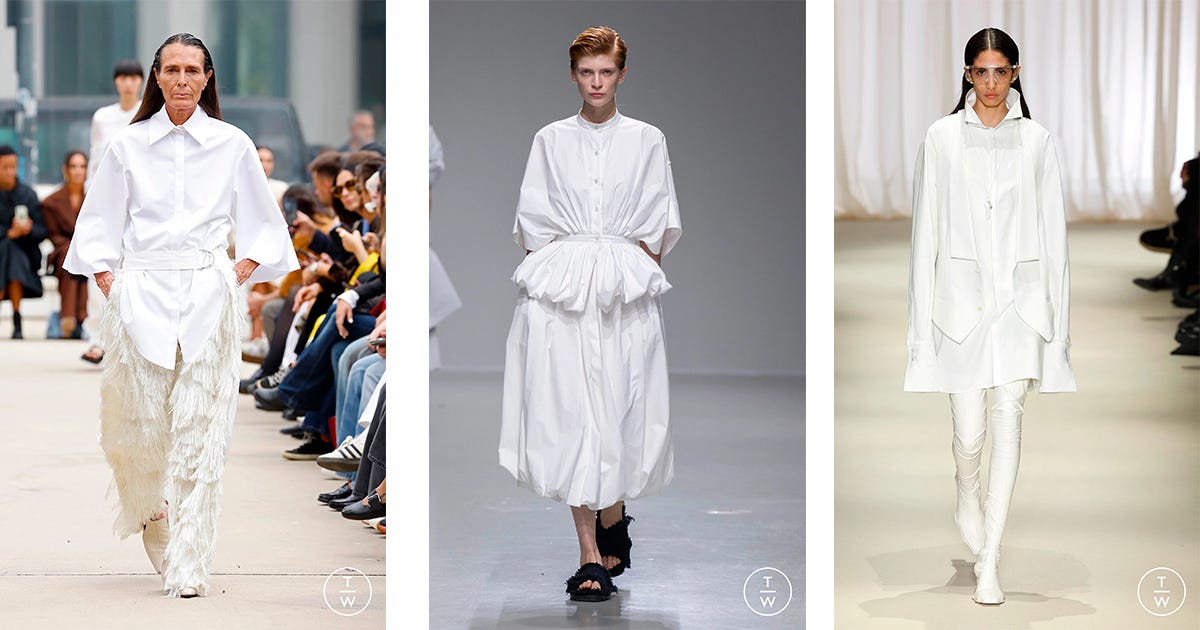There are images that stay with you. Moments so perfectly captured that they become part of the collective imagination. I remember the first time I saw that photograph of Linda Evangelista on a beach, wearing nothing but a white shirt, staring into Peter Lindbergh’s lens. It felt like a revelation—an image so raw, so effortless, that it made me look at the white shirt in an entirely new way. It’s one of those moments that makes you realize how a simple white shirt, when captured in the right light, can transcend fashion and become something iconic.
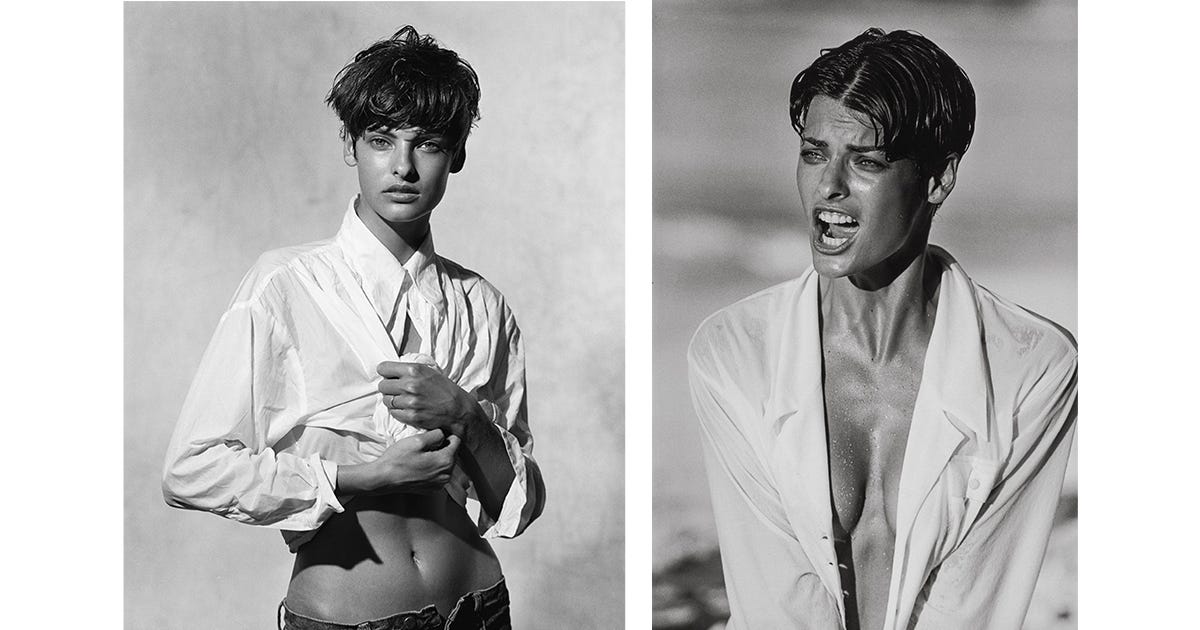
The white shirt is a paradox. Simple, yet endlessly sophisticated. Ubiquitous, yet deeply personal. I’ve worn one in different ways over the years—crisp and formal for meetings, oversized and soft on lazy weekends, half-buttoned over swimwear on summer evenings. It carries a history of power, rebellion, and reinvention. Worn by everyone—from Hollywood icons to punk rockers, from corporate executives to artists—it remains one of the most versatile pieces in fashion. And yet, when worn with intention, when truly mastered, it is anything but basic.
A Brief History: From Undergarment to Icon
Originally a simple linen undergarment, the white shirt was never meant to be seen. In the 19th century, it became a symbol of wealth—only the privileged could afford to keep it pristine. By the early 20th century, women started borrowing it, not just for comfort but as an act of quiet rebellion. Think Marlene Dietrich in a crisp white shirt and trousers, effortlessly dismantling gender norms with a single outfit.
Then came Hollywood. Katharine Hepburn wore hers with wide-leg trousers, embodying a new kind of effortless elegance. Audrey Hepburn knotted it at the waist, making it playfully chic. Marilyn Monroe slipped into one, oversized and slightly unbuttoned, redefining sensuality. Over the decades, the white shirt has been claimed and reclaimed by different generations, each making it their own.
The Women Who Made It Iconic
Some clothes are worn. Others become part of an identity. The white shirt belongs to the latter. Certain women have turned it into their signature, proving that true style isn’t about the garment—it’s about how you wear it.
Lauren Bacall gave it an air of old Hollywood confidence, often pairing it with high-waisted trousers and a knowing smirk. Françoise Hardy embodied effortless Parisian chic, her shirts slightly oversized, sleeves casually rolled up. Jane Birkin wore hers undone, nonchalantly tucked into denim, as if she had just borrowed it from a lover. Carolina Herrera built an empire around it, proving that elegance can be as simple as a perfectly cut white shirt. Today, it remains a favorite of women like Tilda Swinton, who wears it with architectural precision, and Phoebe Philo, who turned it into the uniform of the modern minimalist.
The Designer Perspective: Yohji Yamamoto and the Power of the White Shirt
Few designers have explored the white shirt quite like Yohji Yamamoto. For him, it is not just a garment but a canvas—an ever-evolving study in proportion, structure, and movement. His white shirts are never just white shirts. They are sculptural, mysterious, and undeniably powerful.
“I think perfection is ugly,” Yamamoto once said. “Somewhere in the things humans make, I want to see scars, failure, disorder, distortion.” And that’s precisely what makes his white shirts so special. They break rules. They challenge conventions. They take something familiar and make it feel entirely new.
While many designers have played with the white shirt—Yves Saint Laurent turned it into a staple of women’s power dressing, Jean Paul Gaultier subverted it with trompe-l’œil designs—Yamamoto treats it like a living, breathing entity. His latest collection, Power of the White Shirt, is dedicated entirely to the piece, proving its endless possibilities.
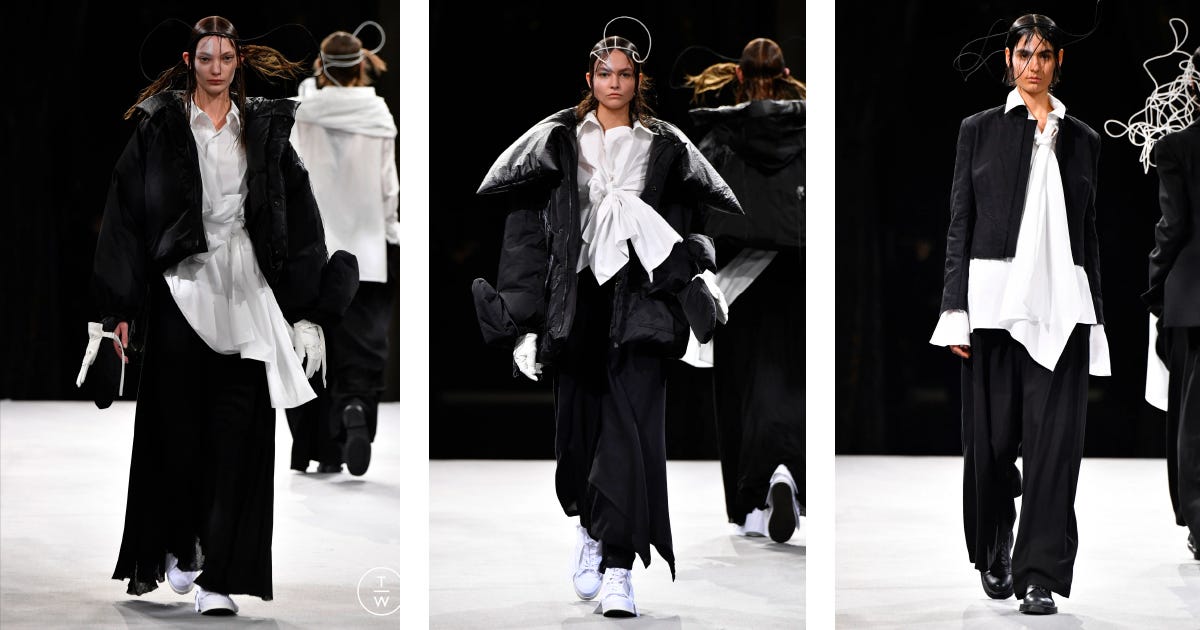
The White Shirt as Seen on the Runways in 2024-2025
The classic white shirt remains a wardrobe staple, reimagined in subtle yet powerful ways on the runways. Designers like Altuzarra, Max Mara, and Tibi have embraced timeless tailoring, presenting crisp, structured silhouettes that exude effortless sophistication. These are the white shirts that define elegance—clean, precise, and undeniably versatile.


Then there’s the 'classic with a twist' approach, where designers have pushed the boundaries while preserving the shirt’s core essence. Dior introduced subtle yet striking twists to the classic white shirt, playing with different collar shapes and refined structural details that modernize its timeless appeal, while Michael Kors, Eudon Choi, Gucci and Holzweiler played with asymmetry and volume, distorting proportions without losing the garment’s fundamental appeal.
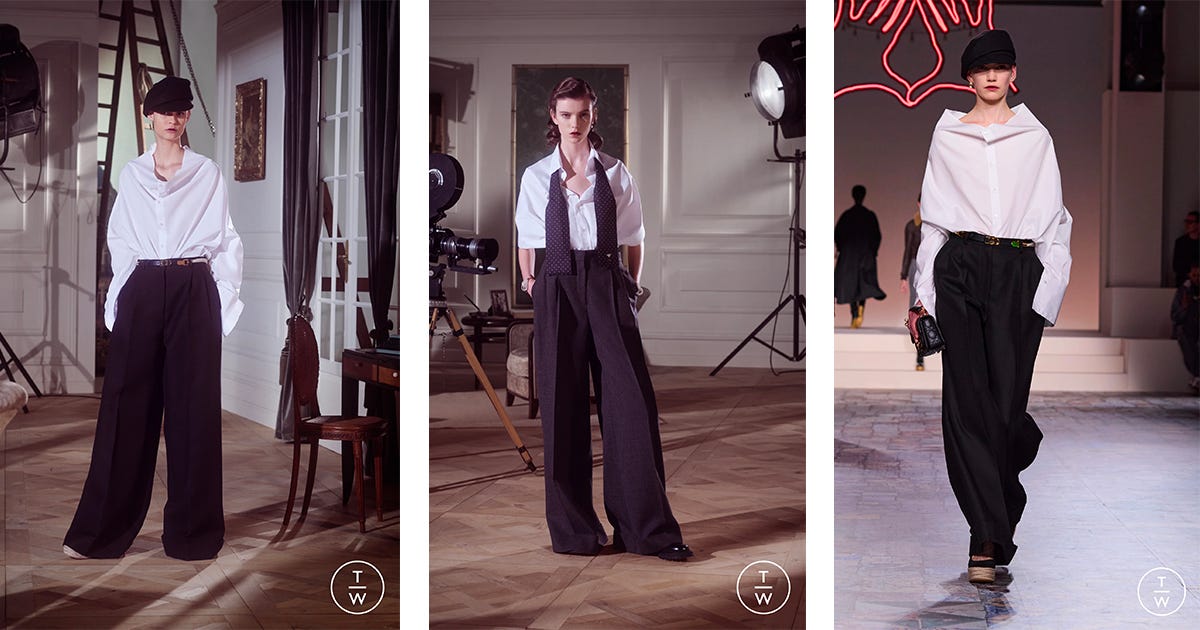
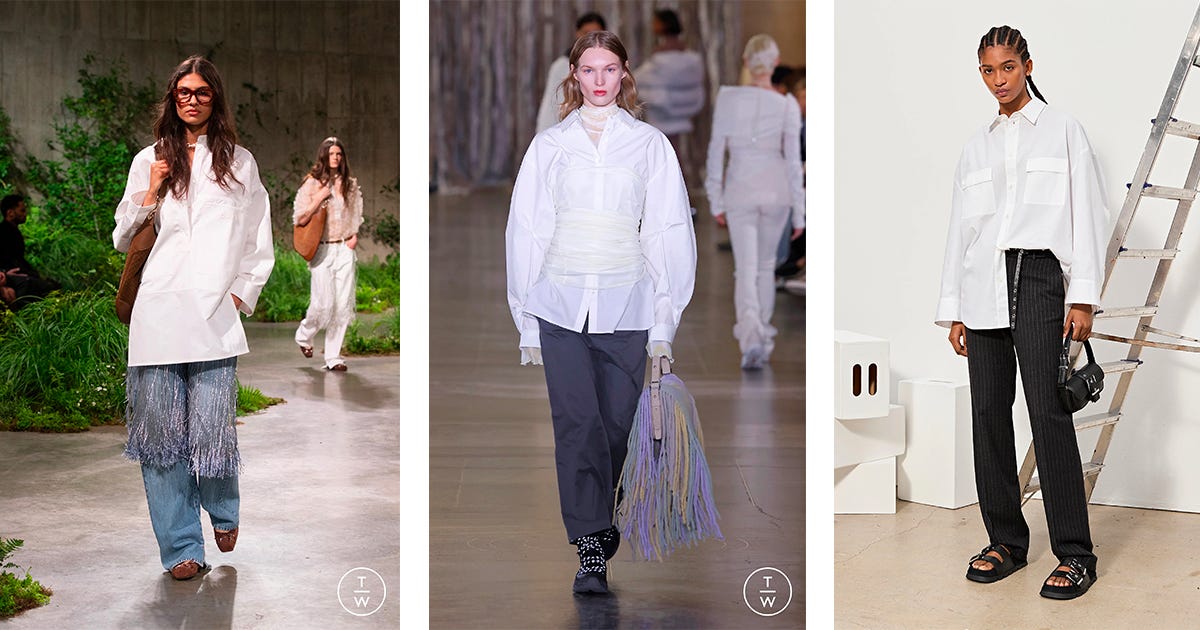
Finally, designers like Del Core, Dawei, Calcaterra, and Sacai offer a fresh interpretation of the white shirt—rethinking its structure, playing with unexpected volumes, and introducing unconventional cuts, while still ensuring it remains wearable and versatile.

A Personal Take: Wearing It Your Way
The beauty of the white shirt is that it refuses to be defined. It can be crisp and formal or soft and undone. It can be worn oversized like a dress or tucked neatly into trousers. It works for boardrooms and beaches, for first dates and lazy Sundays.
I’ve gone through phases with mine. There were years when I treated it like a uniform—structured, precise, almost severe. And then there were times when I let it be imperfect: worn open over a tank top, creased from a day well spent. That’s the thing about a white shirt—you grow into it. And as you do, it becomes more than just clothing. It becomes a part of you.
At the end of the day, a white shirt is a reminder that style is never about excess. It’s about presence. Confidence. A sense of ease. And when you get the basics right, they’re never basic at all.
Follow me on Instagram @celinescape_




